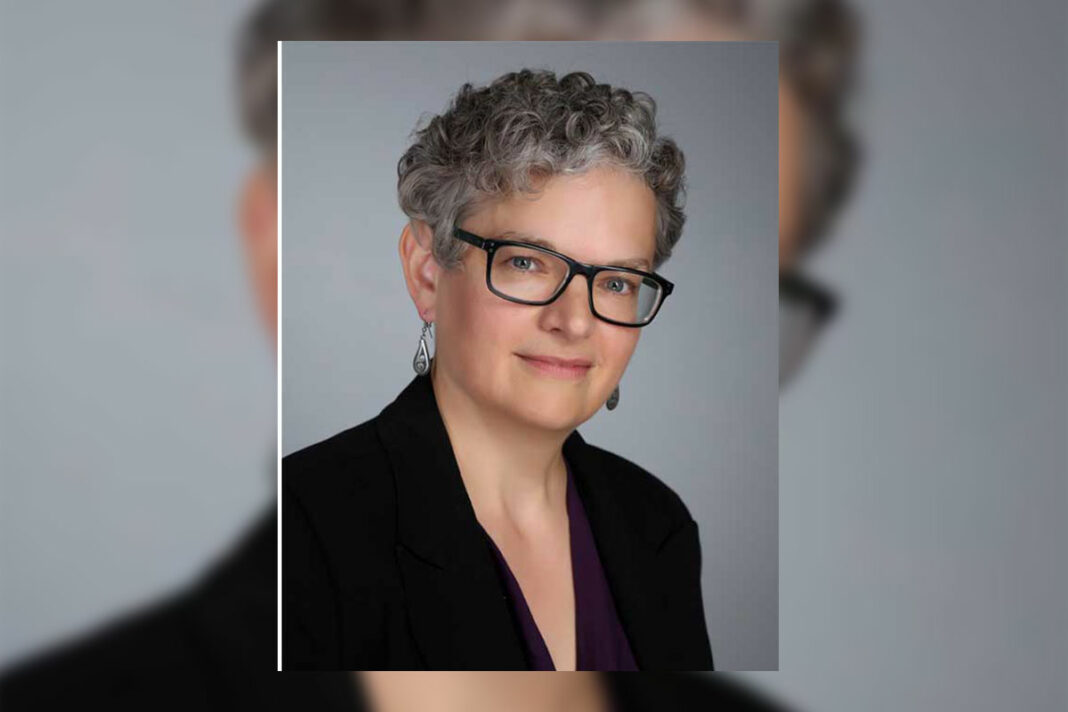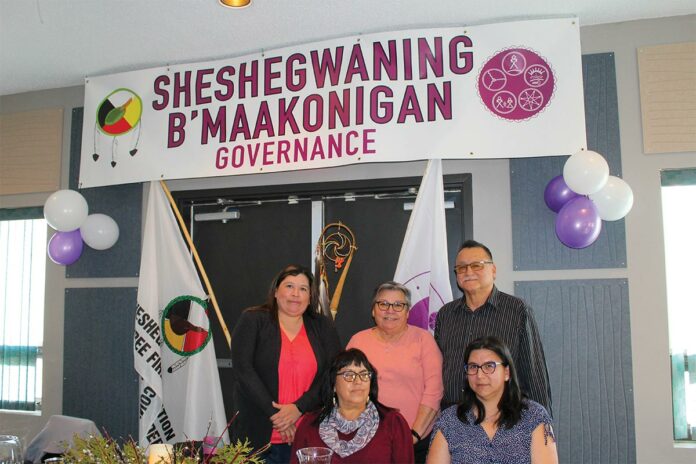Manitoulin Island included in report
MANITOULIN—New data released by the Ontario College of Family Physicians reveals a troubling statistic: nearly 32,000 individuals residing in the Greater Sudbury, Manitoulin Island and Parry Sound area lack access to a family doctor. Shockingly, this figure may nearly double within the next two years if immediate action is not taken. Describing the situation as a worsening crisis, the college emphasizes the urgent need for intervention by provincial authorities.
According to Dave Courtemanche, a board member of the Ontario College of Family Physicians and the executive director of City of Lakes Family Health Team in Sudbury, the region is currently grappling with a significant healthcare crisis characterized by a mass departure of physicians from family medicine. This trend is evident province-wide, but its impact is particularly acute here in Northern Ontario.
While Mr. Courtemanche cites compensation levels for family doctors and heavy administrative loads as the major culprits, Dr. Maurianne Reade, rural generalist and President of Professional Staff of the Manitoulin Health Centre (MHC), says that the issue is much more complex.
“There are a variety of factors that have contributed to the current crisis we are facing,” she said. “This dates back to the late ‘80s and mid-’90s when we saw big cuts to medical school enrollments which has caused a big gap in the training of doctors. And then of course, the onset COVID-19 pandemic aggravated an already dire situation, as many family doctors took an early retirement.”
This trajectory is anticipated to continue its upward climb, particularly with a significant number of aging baby-boomer doctors preparing for retirement.
In response to this concerning trend, efforts are underway to address the shortage of family doctors. These include initiatives aimed at enhancing the appeal of family practice for medical school graduates, simplifying administrative tasks for family physicians to afford them more time with patients and expanding the role of other healthcare professionals in primary care.
The scarcity of family doctors reverberates throughout the healthcare system, impacting even those patients fortunate enough to have one. Extensive research over the years has consistently shown that individuals lacking a regular family physician tend to rely more heavily on emergency room services and face increased likelihood of hospitalization.
Experts emphasize that tackling Ontario’s shortage of family doctors is a multifaceted challenge that cannot be swiftly resolved. Merely expanding the capacity of the province’s medical schools is not a straightforward solution.
“Northern Ontario has experienced funding discrepancies compared to the rest of the province,” Dr. Reade went on to say. “We haven’t been able to keep pace with funding streams and many recent residents are not choosing to go into family medicine. Also, our communities are not granted sufficient numbers of doctor placements for our growing communities and aging populations. Here in Mindemoya, we were only awarded placements for seven physicians to run the clinics and emergency room.”
Though the new program designed to expedite “practice ready” physicians from overseas, the housing shortage on the Island could be a deterrent for those who are looking to establish themselves here. “Finding ways to connect potential new doctors on the Island to community is also important to incentivize them to move here,” Dr. Reade said.
“Something else that often isn’t spoken of is the importance of encouraging our high school students here on Manitoulin Island that might have strengths in the sciences and arts to pursue a career in medicine, whether that be becoming a doctor, nurse or physiotherapist. We need to encourage a long-term solution and let young people know they are a vital part of keeping our community strong and healthy. We can get stuck in the doom and gloom of it all, but I prefer to look toward actionable ways to maintain a healthy population,” Dr. Reade said.






